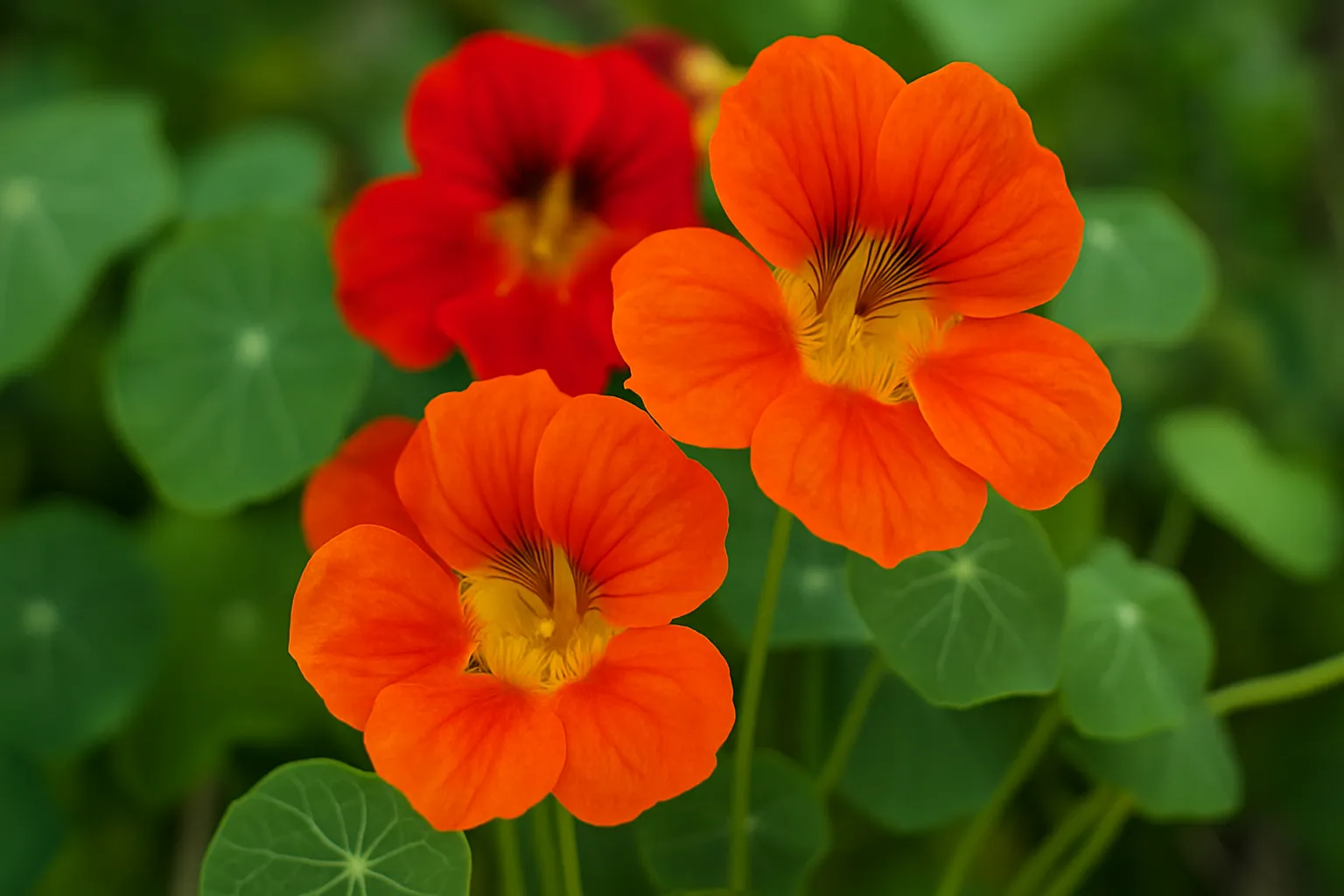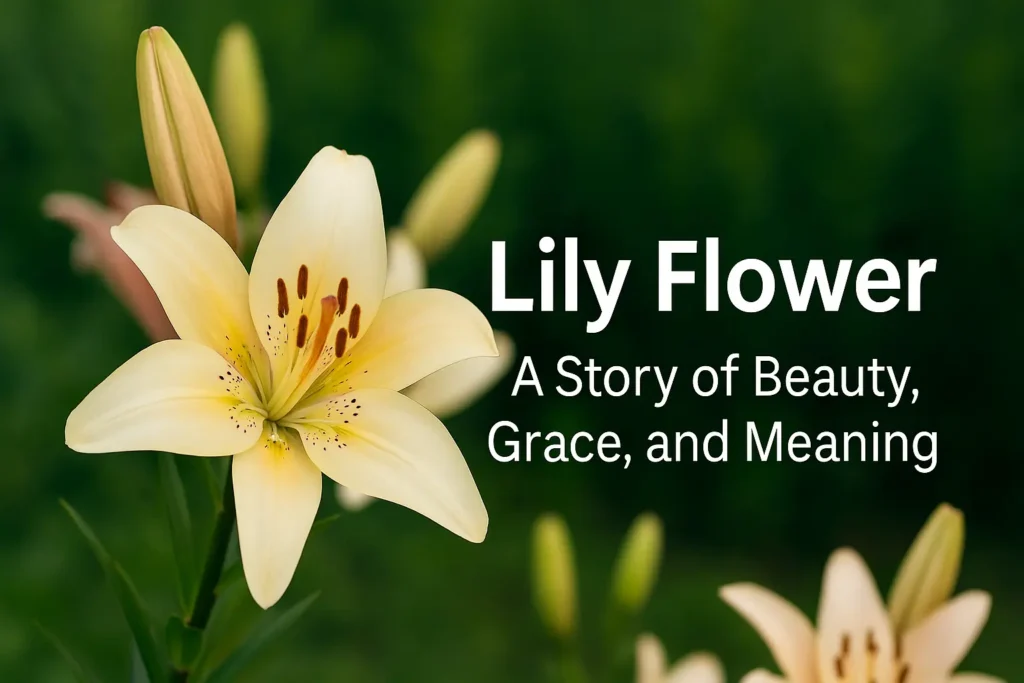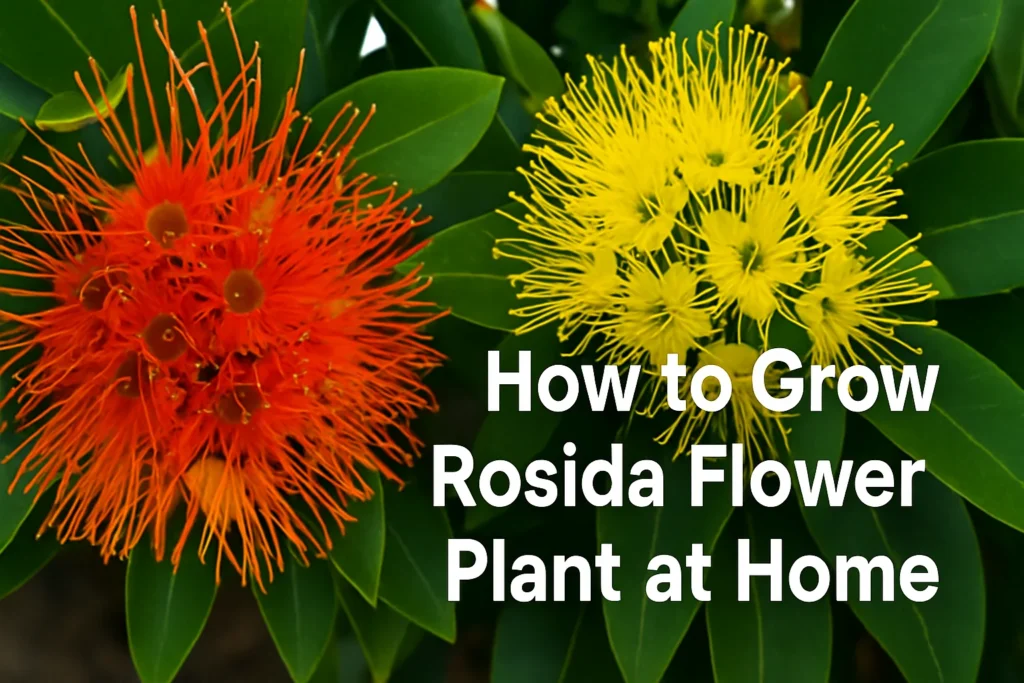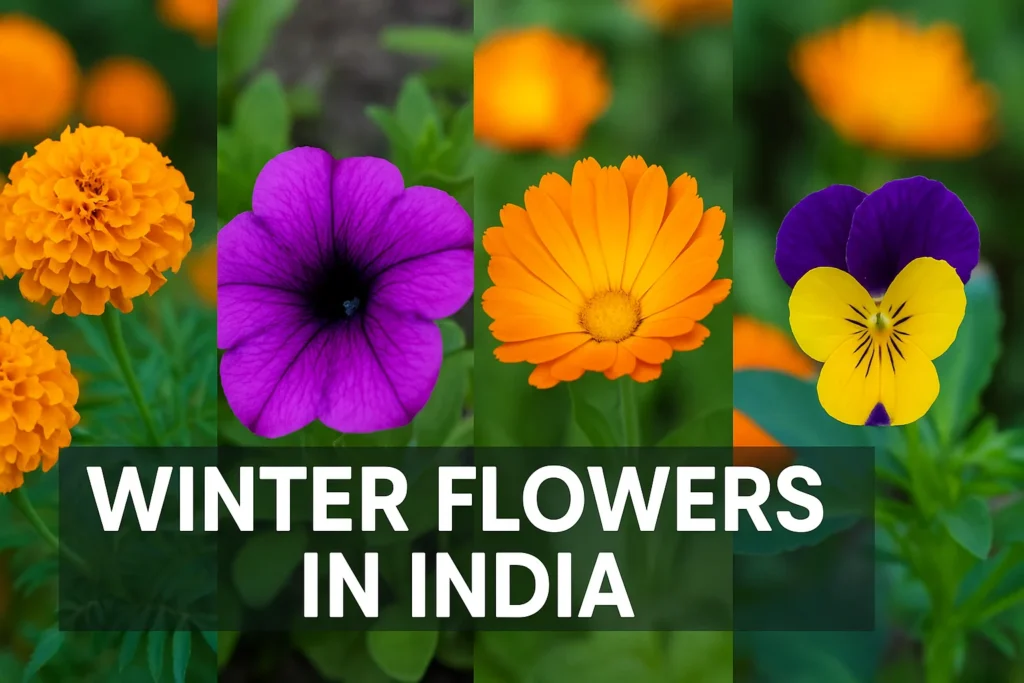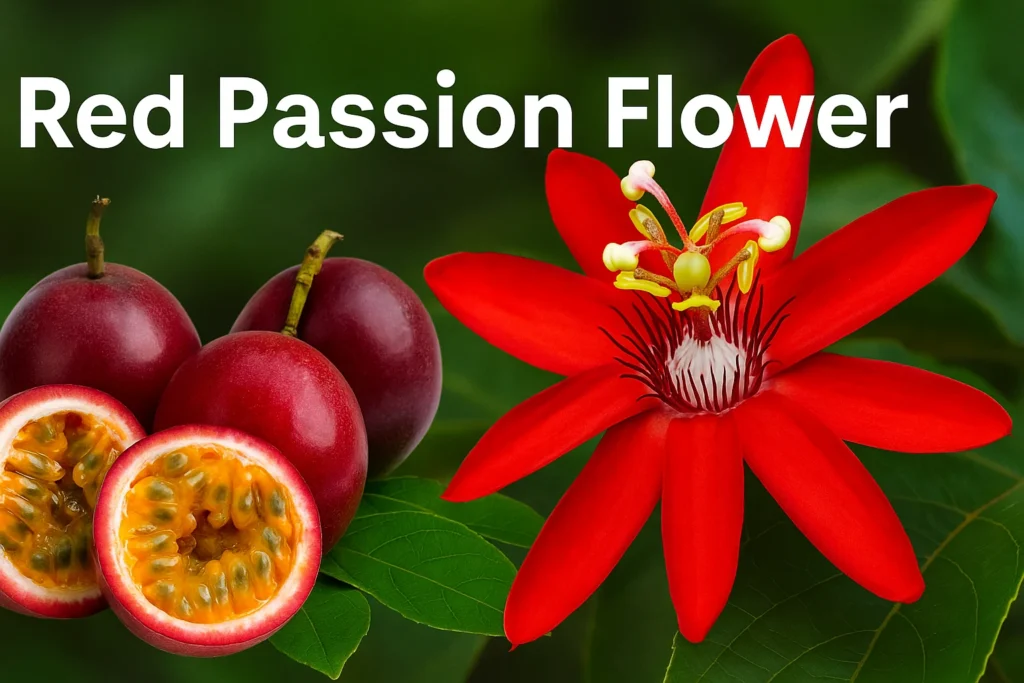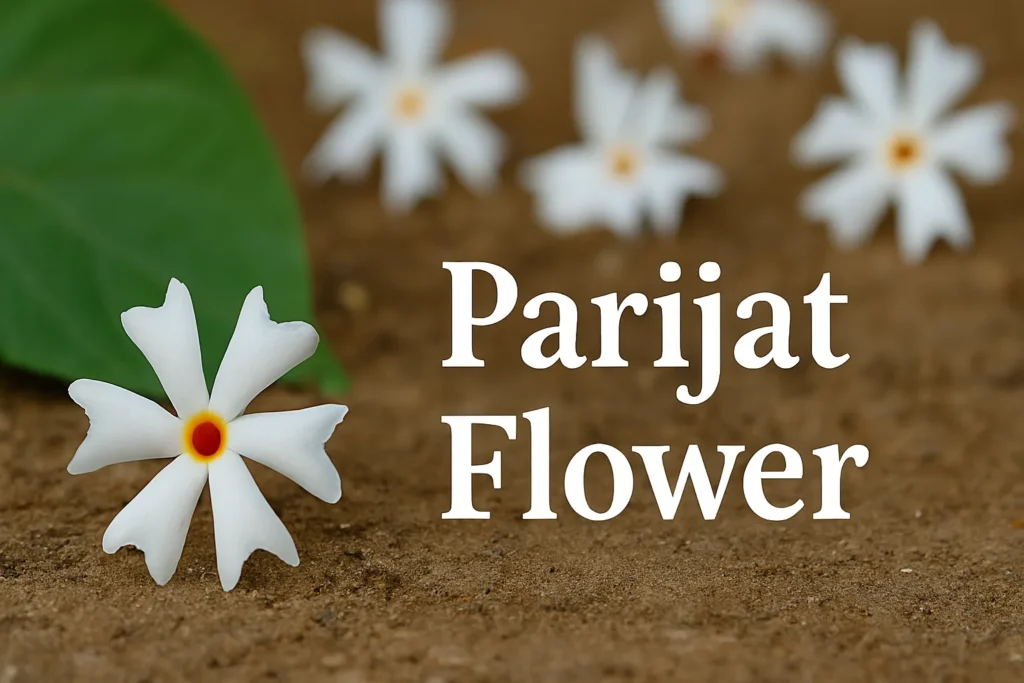Have you ever walked by a garden and been caught off guard by a sudden splash of vivid orange, yellow, or red? Chances are, you’re looking at the delightful nasturtium flower. These charming blooms aren’t just a treat for the eyes; they bring incredible value to gardens and dining tables alike! Whether you’re a seasoned gardener or just starting out, join me in exploring the world of nasturtium and why it deserves a spot in your home or community garden.
Why Does Everyone Love Nasturtium Flower?
Let’s start with a little introduction to the nasturtium plant. Nasturtium isn’t just a single type of flower, but a whole genus—Tropaeolum—that boasts many different varieties. What draws people of all ages to the nasturtium flower are its vibrant colors, quirky rounded leaves, and the fact that it can flourish with very little fuss.
And here’s a fun fact: almost every part of the nasturtium is edible! Both the nasturtium leaves and flowers add a peppery zing to salads and garnishes, making them a hit not just in the garden, but in the kitchen too.
Meaning and Cultural Significance of Nasturtium Flower
A flower as lively and lovely as nasturtium surely has an interesting backstory, right? The word “nasturtium” actually comes from the Latin “nasus tortus,” which loosely translates to “twisted nose.” This quirky name refers to the flower’s distinctive peppery scent—a bit of a nose-tickler!
But there’s more to nasturtium meaning than just its smell. In the language of flowers (yes, that’s a thing!), nasturtiums represent patriotism, victory, and conquest, likely owing to their bright and bold presence. If you love learning about unique meanings and rare blooms, you might find the legendary kadupul flower especially fascinating for its fleeting beauty.
When to Plant Nasturtium: Season and Sowing in India
One of the most common questions I get is about the nasturtium flower season in India. Timing is everything, and nasturtiums are no exception.
Nasturtium sowing time in India typically falls between September and November in North India and October to December in Southern regions. This window takes advantage of the cooler weather, as nasturtiums thrive when the heat isn’t at full blast. The nasturtium flower season in India generally spans from late winter to early summer if you sow seeds at just the right time.
Give the seeds some sun, a little well-drained soil, and don’t overwater—they actually prefer a bit of neglect! In fact, too much care can reduce blooming, as nasturtium plants love to show off when not pampered.
Gardeners fascinated by seasonal shifts might want to check out the pirandai plant, famous for its Ayurvedic uses through different weather changes.
How to Grow and Care for Nasturtium Plants?

Ready to dive in and add nasturtiums to your landscape? Here are some practical tips and insights to help you get started:
- Ideal Growing Conditions: Nasturtium plants prefer full sunlight but are forgiving enough to grow in partial shade. They’re not very fussy about soil quality, making them perfect for less-than-perfect garden spots.
- Planting Nasturtium Seeds: Sow directly into the soil, spacing seeds about 10-12 inches apart. Cover them lightly because nasturtium seeds need a bit of darkness to sprout. Water sparingly—too much moisture can rot nasturtium seeds.
- Caring for Nasturtium: Let them be! Nasturtiums don’t require fertilizer; in fact, richer soils result in more leaves and fewer flowers. Watch out for common pests like aphids, but you’ll love knowing nasturtiums often protect neighboring plants—making them companion planting superstars.
If garden safety is a concern, especially with balconies or windows, consider reading about the invisible grille to keep your green space both secure and beautiful.
Nasturtium Leaves: Culinary and Medicinal Magic
You know how earlier I mentioned nasturtium’s edibility? The rounded, lily-pad-like nasturtium leaves are not only visually striking but pack a spicy punch, reminiscent of watercress. Chefs love using them as salad greens, and the flowers (with their honey-like nectar) make stunning and tasty garnishes on desserts and drinks.
But that’s not all. Nasturtium leaves are also believed to have antibacterial properties and have been used in folk medicine for centuries. Next time you pluck some for your meal, feel extra good about adding a healthy dash of color and nutrition.
If edible ornamentals are up your alley, the coconut flower is another multi-use wonder you’ll want to add to your garden and your plates.
Creative Uses for Nasturtium Flower in Your Garden
Nasturtium flowers aren’t just about looks and eats—they’re amazing problem-solvers. Here’s how you can get creative with them:
- Natural Pest Control: Nasturtium acts as a “trap crop,” luring aphids and pests away from other more valuable veggies.
- Ground Cover or Trailing Plant: Hanging baskets, window boxes, garden beds—nasturtium will happily spill over and soften hard edges.
- Pollinator Magnet: Their open blossoms attract bees and butterflies, boosting garden biodiversity.
Enthusiasts who enjoy unique foliage might enjoy exploring the nikodia plant, known for its unusual appearance and adaptability.
Nasturtium Season: What to Expect Throughout the Year
Curious about nasturtium’s appearance in various seasons? After sowing in the autumn or early winter, you’ll see sprouts in about 10-12 days. The plant grows steadily, with lush nasturtium leaves appearing first, followed by a glorious explosion of flowers.
Depending on where you live in India, you might see your nasturtium flower bloom steadily from late winter all the way to early summer. When the sun grows fierce, they’ll slow down, so it’s a good idea to re-sow when the cool season returns.
If you’re inspired by seasonal shifts, the buraansh flower (Rhododendron arboreum) is another spectacular example of seasonal beauty in Indian gardens.
Conclusion
Nasturtium is truly a “happy plant”—easy to grow, beautiful, and endlessly useful. Whether you’re filling a border, livening up a salad, or just brightening your day, this flower deserves a special spot in your heart and your home. Enjoy nurturing your nasturtium plant, and watch it reward you many times over!

